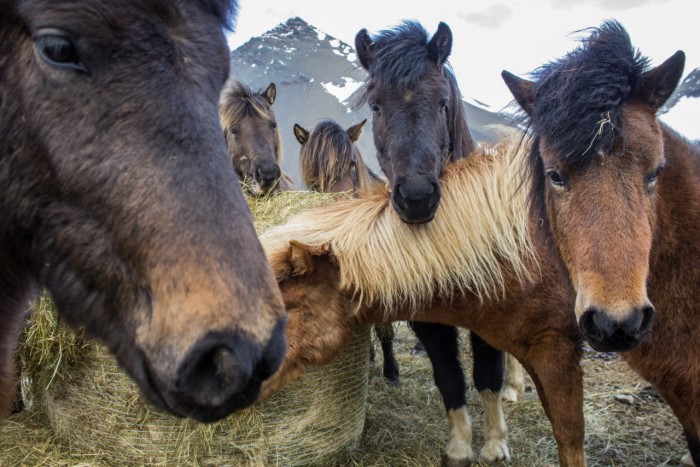
Diversity of hindgut microflora and link to laminitis
Microflora in the hindgut of horses are essential for maintaining gut homeostasis. The microflora have been hypothesized to contribute to various diseases, including chronic laminitis.
Horses are dependent upon fermentation to make optimal use of the nutrients in their plant based diet. Knowledge of the hindgut microflora is essential to understand the nutritional needs of horses and to make the connection to their health. With more advanced technology researchers are now able use 454 sequencing of 16S rRNA amplicons to determine the microflora in the gut. In this study the hindgut microflora was determined by pyrosequencing bacterial S16 rRNA gene segments that are present in faeces. The aim of the study was to contribute to the characterization of the gut microbiome and to investigate the link to laminitis.
The study was executed by taking faecal samples from 10 normal horses and 8 horses with chronic laminitis. From these samples genomic DNA was extracted, sequenced and quality trimmed.
The results show that there was higher diversity of bacteria in the horses with chronic laminitis. However, there was a large individual variation between horses that suggests that bacterial populations are influenced by other environmental factors that were not taken into account in this study. The data of this study provides a foundation for future research of hindgut microflora and its influence in the development and progression in chronic laminitis.
> From: Steelman et al., BMC Veterinary Research 8 (2012) 231. All rights reserved to BioMed Central Ltd.. Click here for the online summary.


